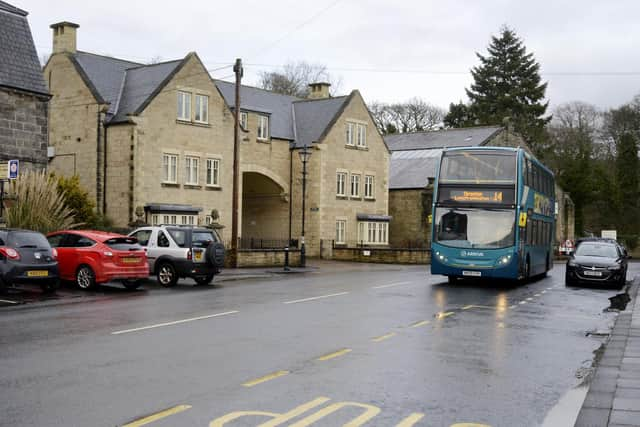Thousands of Northumberland residents face social exclusion due to poor transport
and live on Freeview channel 276
Research by Transport for the North found that 31.5% of the county’s residents were from areas prevented from participating in the opportunities and communities around them because of poor mobility and connectivity.
By comparison, 21.3% of the population of the north live in areas with a high risk of TRSE, compared with 16% of the population of the Midlands and the south of England.
Advertisement
Hide AdAdvertisement
Hide AdTfN, in conjunction with Social Research Associates and Temple, engaged with over 3,000 members of the public and experts from across the north to understand the impacts of the transport system on everyday life.


The study contains feedback from focus group members in Northumberland, including a student who noted: “It takes two or three buses to get to school and it takes ages. It also means that I can’t stay on for after school activities and also reduced my choice for A levels.”
Its research found that high levels of car dependency is the key driver of TRSE, exacerbated by declining bus service provision – reducing the travel choices for the most vulnerable people in our communities.
These wider impacts include the cost and time entailed in using the transport system, and the impacts of stress and anxiety linked with using the transport system. Together, these impacts can contribute to a vicious cycle of poverty, isolation, and poor access to basic services.
Advertisement
Hide AdAdvertisement
Hide AdLord Patrick Mcloughlin, chairman of Transport for the North said: “This issue is holding the region back and must be addressed if we are to achieve our full potential.
“I truly believe that transport has the ability to transform people and places. It’s not just about getting from point A to B – it’s about connections: allowing communities to be sustainable and to grow; giving young people the chance to make the most of opportunities on offer; enabling older people to remain engaged and active, with a reduced risk of social isolation and loneliness.
“This report shows the level of commitment that we need to see if the levelling up agenda is to come to fruition, we need to see significant investment in local public transport across the north of England to ensure that those people who really need a working transport system will get it.”